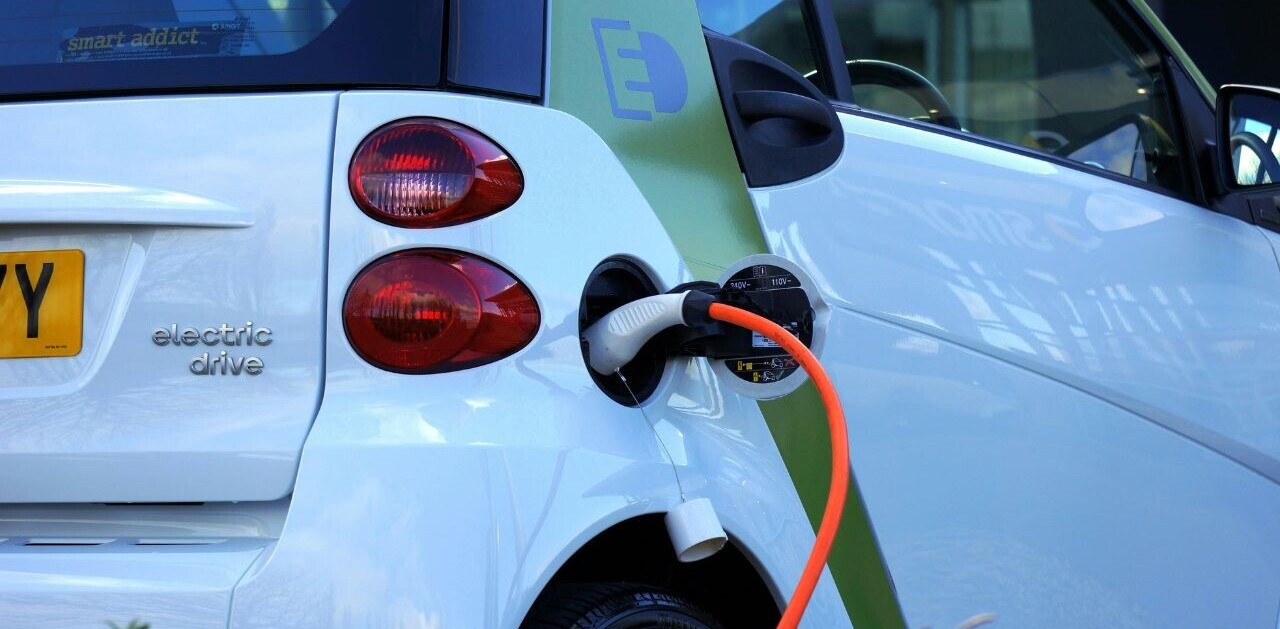
George Deeb is the Managing Partner at Chicago-based Red Rocket Ventures, a startup consulting and financial advisory firm based in Chicago.
One of the first things that a venture capitalist looks for in assessing an investment opportunity is the revenue model of the business. More specifically, they are looking for the frequency of that revenue stream, and whether or not it is recurring and easily predictable.
The rationale being investors prefer businesses that maximize the lifetime value of their consumers, and get maximum leverage and returns on the initial marketing cost of customer acquisition (which they are funding).
Designing a winning, recurring and predictable revenue model
Let’s compare two different businesses: the iExplore’s adventure travel business vs. Verizon’s mobile phone service. iExplore’s adventure travel business is very expensive to market to, identifying affluent consumers that can afford a $5,000 vacation.
Let’s say the cost of customer acquisition is $1,000 per customer, which eats up a good portion of the $1,500 (30 percent) gross margin on that trip sold. Which would be OK, if iExplore had a high frequency purchase.
But, adventure travelers buy a big vacation like this every couple years, so that is a long time to wait to drive repeat sales and to leverage your upfront marketing investment, hurting the lifetime customer value calculation.
On the other hand, Verizon’s mobile phone service appeals to most everyone, regardless of demographics. Everyone needs a mobile phone these days, so Verizon is not looking for a needle in the haystack to whom to market its service. So, its cost of customer acquisition will be a lot lower, closer to $300.
And, at $100 per month for its service, Verizon will drive a large and recurring revenue stream over a five year period totaling $6,000 (assuming clients will remain with them and their service stays competitive over that period).
That is a 20x relationship between between revenues and initial marketing cost for Verizon, and a 10x relationship for iExplore (assuming two vacations purchased in a five year period).
But, what Verizon has that iExplore does not is high predictability of future revenues. Customers are locked up in two year contracts, and customers largely stay with the same carriers beyond the initial contract, assuming they are happy with the service.
This amounts to a locked-in good visibility to its future revenues for the next few years, where iExplore’s customers may or may not buy a second vacation – particularly in a market that is highly cyclical and subject to big economic swings in demand for discretionary products of this nature.
Which model to go with?
It is pretty clear that Verizon beats iExplore, in terms of who has the better revenue model. Its service appealed to a lot more potential customers, and its cost of acquisition was a lot lower. The lifetime value of customer revenues was a lot higher, and, most importantly, its future revenue stream was a lot more predictable and contracted over the long term, which in the world of startups seeking capital from venture capitalists, means everything.
So, as you design your revenue model, make sure it is highly-recurring and highly-predictable, to maximize odds of securing capital for your business.
Get the TNW newsletter
Get the most important tech news in your inbox each week.





